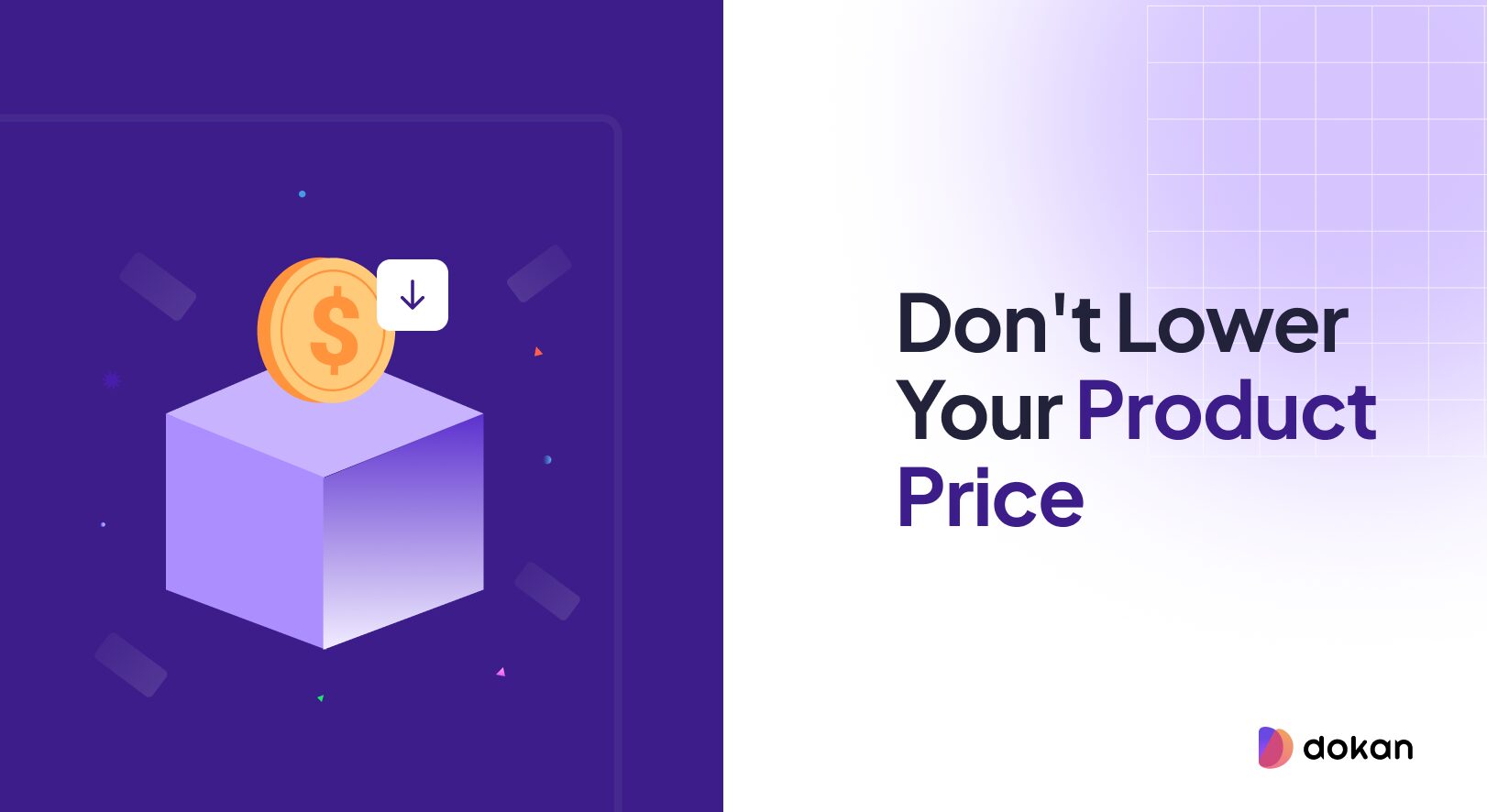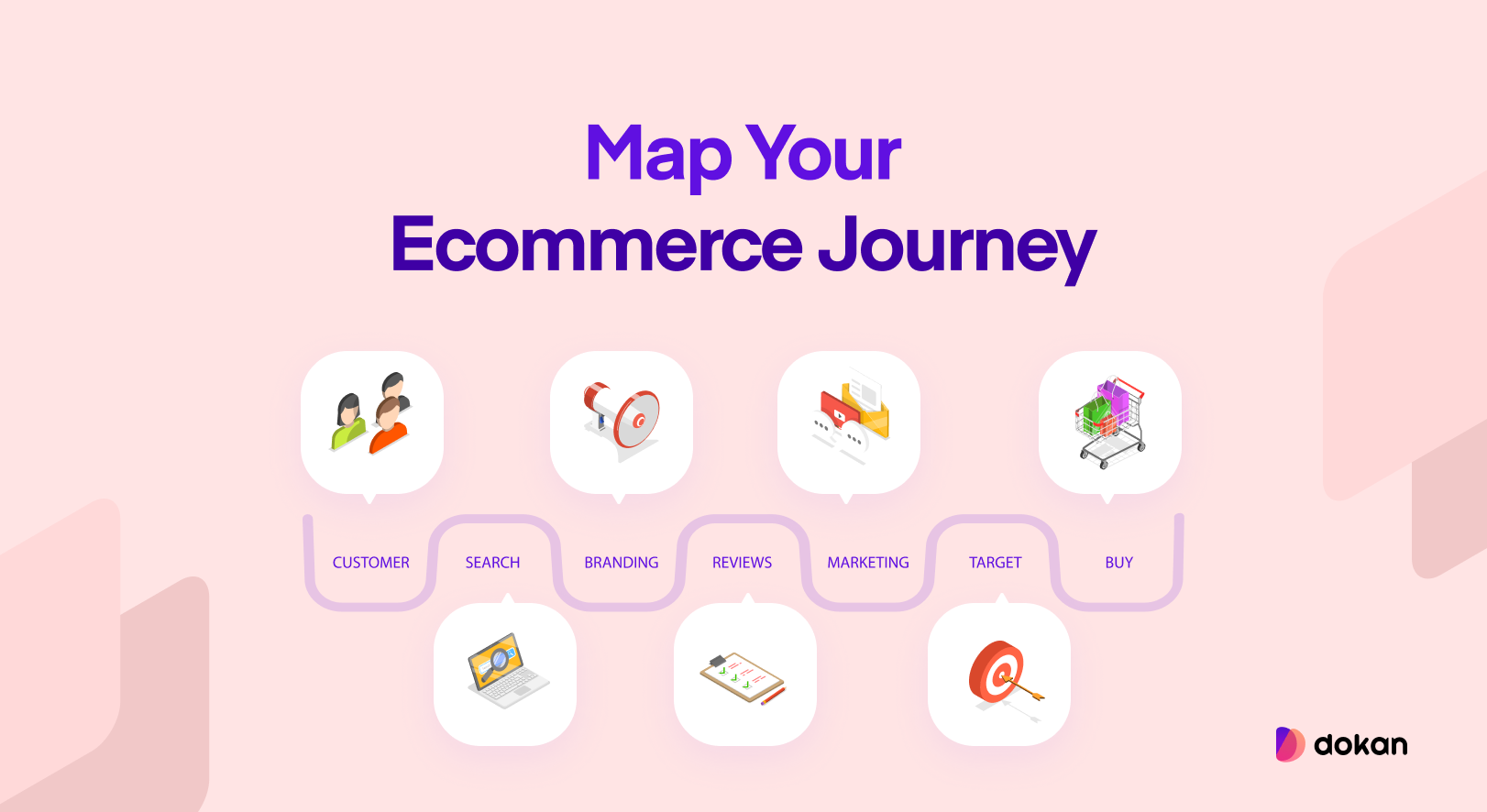Have you ever felt like you’re competing against giants? Brands with bigger budgets and more resources? I can understand the fear of fighting against the giants as a startup.
In that situation, the temptation to lower prices can be strong. After all, it seems like the quickest way to attract customers, right?
But what happens when you lower your prices to compete? The answer might surprise you.
In this post, we’ll explore why cutting prices isn’t always the best solution. Instead, we’ll look at strategies that help you build a business based on value, trust, and connection.
Why Price Shouldn’t Be Your Main Strategy

Big brands can afford to sell at a cheap rate because they sell in huge volumes. They have global suppliers, massive factories, and entire teams negotiating the lowest costs.
A small business cannot fight on the same ground. Dropping prices only means shrinking profits and adding more stress.
There is another problem. When you lower your prices, customers start to see your product as less valuable. They compare you only on cost and ignore everything else you bring to the table. Once that mindset sets in, it becomes very hard to raise prices again without losing trust.
For small businesses, price should not be the battlefield. The real strength lies in building value, trust, and memorable experiences that big brands cannot easily replicate.
And to show how this works in practice, we’ll follow the journey of a fictional company, EverEarth Clothing. Think of it as a mirror for many small businesses facing the same uphill battle.
Here’s a quick look at who they are:
- Founded: 2019 in San Diego, California
- Niche: Eco-friendly and sustainable fashion
- Products: Organic cotton hoodies, recycled denim, and plastic-free accessories
- Customer Base: Around 3,000 repeat buyers, mostly millennials and Gen Z, who care about sustainability
- Strengths: Local production, ethical sourcing, and a loyal community built through social media
- Challenges: Competing against fast-fashion giants like H&M and Old Navy with much lower prices and bigger marketing budgets
By following EverEarth, we’ll see how a brand with limited resources can still compete and grow without lowering prices.
EverEarth’s First Move: Competing on Value
When sales slowed, EverEarth felt the pressure. Customers compared their $45 organic cotton hoodie with a $25 one from a chain store. The gap looked too big.
Instead of lowering prices, they highlighted what made them different. They updated every product page with clear details about what customers were really paying for.
They also added a simple comparison on their site. An EverEarth hoodie beside a big-box store hoodie. Not to attack the competition, but to show the hidden costs of cheap clothing, such as lower quality, shorter lifespan, and unfair labor practices.
A worthy reading ➡️ 50 Eco-Friendly Products with High-Profit Potential.
Customers began to see that they were not just buying clothes. They were supporting values they believed in. That approach helped EverEarth win back trust without lowering prices.
EverEarth’s Second Move: Owning a Niche
EverEarth realized they couldn’t please everyone. Competing with giants on variety or volume would be a losing game. So they focused on one group.
They chose eco-conscious millennials who are willing to spend more on sustainable fashion. They’ve shifted all their marketing efforts toward this niche.
This made EverEarth easy to remember. Big brands might offer “eco-friendly” as a side collection. For EverEarth, it was the whole brand. Customers viewed it as the real choice when they sought clothes that reflected their values.
By narrowing their focus, EverEarth stood out. They became the first option for people who cared about sustainability.
EverEarth’s Third Move: Building Strong Relationships

Big brands sell to millions, but most customers never feel noticed. EverEarth used this gap to its advantage.
They added small, personal touches. A handwritten thank-you card in every order. Quick replies to Instagram messages. A brief follow-up email inquiring about a customer’s satisfaction with their purchase.
One customer, Anna, bought a recycled denim jacket. A week later, she received an email from the founder thanking her for choosing sustainable fashion. Along with it came a simple e-care guide showing how to make the jacket last longer. Anna shared the note on social media, tagging EverEarth. That single post attracted five new customers who appreciated the personal touch.
EverEarth also started a small loyalty club. Members got early access to new items and invites to local pop-up events. It wasn’t expensive or complicated, but it made people feel part of something bigger.
These efforts turned casual buyers into loyal fans. Customers didn’t just shop once. They came back, spread the word, and proudly wore EverEarth as part of their lifestyle.
EverEarth’s Fourth Move: Low-Budget Marketing
EverEarth didn’t have the budget for big ads, so they got creative with affordable marketing that felt real and personal.
They focused on social media, especially Instagram. Instead of fancy, professional photos, they shared behind-the-scenes content. They demonstrated how the fabrics were made, introduced the team, and even shared some of the mistakes they had made along the way. This honesty made their posts stand out.
One of their best ideas was creating a hashtag: #EverEarthStories. They asked customers to share their reasons for choosing sustainable fashion. People started posting photos in their EverEarth gear, tagging the brand and using the hashtag.
For example, Luke posted a picture of himself wearing an EverEarth hoodie, discussing how he switched to eco-friendly brands after learning about the environmental damage caused by fast fashion. His post caught the attention of others, and it brought in dozens of new customers.
EverEarth also collaborated with smaller influencers who shared a passion for sustainability. These influencers didn’t have millions of followers, but their audiences were engaged and interested in EverEarth’s story.
By focusing on real, affordable marketing, EverEarth built a loyal customer base without breaking the bank.
EverEarth’s Fifth Move: Building Partnerships
EverEarth knew they couldn’t do everything on their own. They needed to team up with others who shared their values.
So, they started reaching out to like-minded businesses. For example, they partnered with a local cafe that used eco-friendly packaging. The cafe displayed EverEarth’s clothing in its store, and EverEarth promoted the cafe in its social media posts. It was a win-win deal. Both businesses gained new customers who valued sustainability.
EverEarth also collaborated with a few smaller brands that sold products such as reusable water bottles and vegan shoes. They created bundled offers, like a “Sustainable Living Pack” that included a hoodie, a water bottle, and a tote bag.
This approach didn’t cost much but created real connections. Through partnerships, EverEarth brought its products in front of people who shared its values.
Key Takeaways and Simple Tips

EverEarth’s story shows that you don’t have to lower prices to compete with big brands. But how can you apply this to your own business? Let’s break it down in simple terms:
- Focus on value, not price: If your product has something special, like better quality or unique features, make that clear to your customers. This works well if you offer unique and high-quality products. However, if you’re selling something common, it might be better to focus on pricing or deals.
- Find your niche: Choose a specific group of people who will love your product. When you focus on one group, you can build stronger loyalty. This works well for specialty products, such as eco-friendly items or local goods. If you have a more general product, you’ll need to reach a broader audience.
- Build relationships: Treat your customers like friends, not just buyers. Talk to them, ask for feedback, and make them feel valued. If you’re selling to lots of people, you can still make things feel personal by automating some of your messages.
- Marketing on a budget: Share real content about your brand, show behind-the-scenes, and work with other small businesses. This approach works best for businesses that stand for a cause, such as sustainability or local support. If you’re selling everyday products, you may also need ads to reach the right audience.
- Partner with others: Collaborate with other businesses to achieve shared goals. It’s more cost-effective than ads and helps you reach a wider audience. Look for businesses that fit with yours, but aren’t your competitors. If you’re in a crowded field, you can also try working with influencers or setting up referral programs to get new customers.
These values will guide you as you make decisions and create your brand’s identity. They’ll help you not just compete, but thrive in a competitive market.
More Key Strategies for Competing with Big Brands
While EverEarth’s story is one example, there are several other strategies any small business can use to grow in a competitive market.
Here are some more actionable ideas to help your brand stand out:
- Focus on customer experience: The way you treat your customers can be your biggest differentiator. Quick response times, easy returns, and personal touches go a long way in building loyalty.
- Leverage user-generated content: Encourage customers to share photos, reviews, and stories. It’s authentic marketing that builds trust and helps spread the word organically.
- Invest in storytelling: People connect with brands that have a story. Share your journey, mission, and values through your website, social media, and email communications.
- Offer limited editions or exclusives: Create a sense of urgency and value by offering products that are only available for a limited time or to a select group.
- Engage with your community: Whether online or locally, being part of your community helps build a strong brand. Attend local events, collaborate with other businesses, and get involved in causes that resonate with your audience.
By incorporating these strategies, you’ll not only stand out from bigger competitors but also build a more loyal and engaged customer base.
Conclusion: How to Compete with Big Brands
It’s completely normal to feel overwhelmed when you enter a new market niche where giants are already dominating. Believe me, many of the big names you see today started exactly where you are now. The difference? They didn’t give up.
You may think lowering your prices will help you win the race instantly. However, the truth is that numerous risks are associated with this decision.
Cutting prices might bring in a quick sale, but it can harm your brand, margins, and long-term success. It’s not always the shortcut it seems.
As we saw with EverEarth Clothing, it’s about identifying what makes your brand unique and demonstrating to your customers why it’s worth the price.
These strategies can help you compete with larger brands without sacrificing your identity or profits. Stick to your values, get creative, and focus on what makes you different.
Your customers are looking for more than just the lowest price. They want brands they trust, products they believe in, and businesses that share their values. By staying authentic and consistent, you’ll build a loyal customer base that goes beyond a one-time deal.
Subscribe to
Dokan blog
We send weekly newsletters, no spam for sure!







Leave a Reply